Bajaj Pulsar NS400Z vs Triumph Speed 400 Spec Comparison: Which One Should You Buy?
The Pulsar NS400Z is built as Bajaj's biggest and most powerful Pulsar in India, thanks to its 373cc, single-cylinder, liquid-cooled engine. Let's take a look at how it compares with the Triumph Speed 400 in the segment.

The Pulsar NS400Z is built as Bajaj's biggest and most powerful Pulsar in India, thanks to its 373cc, single-cylinder, liquid-cooled engine. Like the other Pulsar NS models in the lineup, the Bajaj Pulsar NS400Z gets a central LED projector headlight with thunderbolt-shaped LED daytime running lights, as well as an angular tail section and 17-inch alloy wheels. All this and more command an introductory price of Rs 1.85 lakh (ex-showroom). Currently, the newly launched Pulsar NS400Z sits in 'the most lucrative motorcycle segment', alongside the Triumph Speed 400, Husqvarna Svartpilen 401, and KTM 390 Duke. Here, we take a close look at how the Bajaj Pulsar NS400Z compares with its partner brand Triumph's Speed 400.
Similar to the Bajaj Pulsar NS400Z – which is positioned as a street bike – the Triumph Speed 400 (with a neo-retro design) features a round LED headlight, LED turn indicators, a step-up seat, a gold-plated upside-down fork, and sleek LED taillights. However, it does not get large tank extensions like the Pulsar NS400Z.
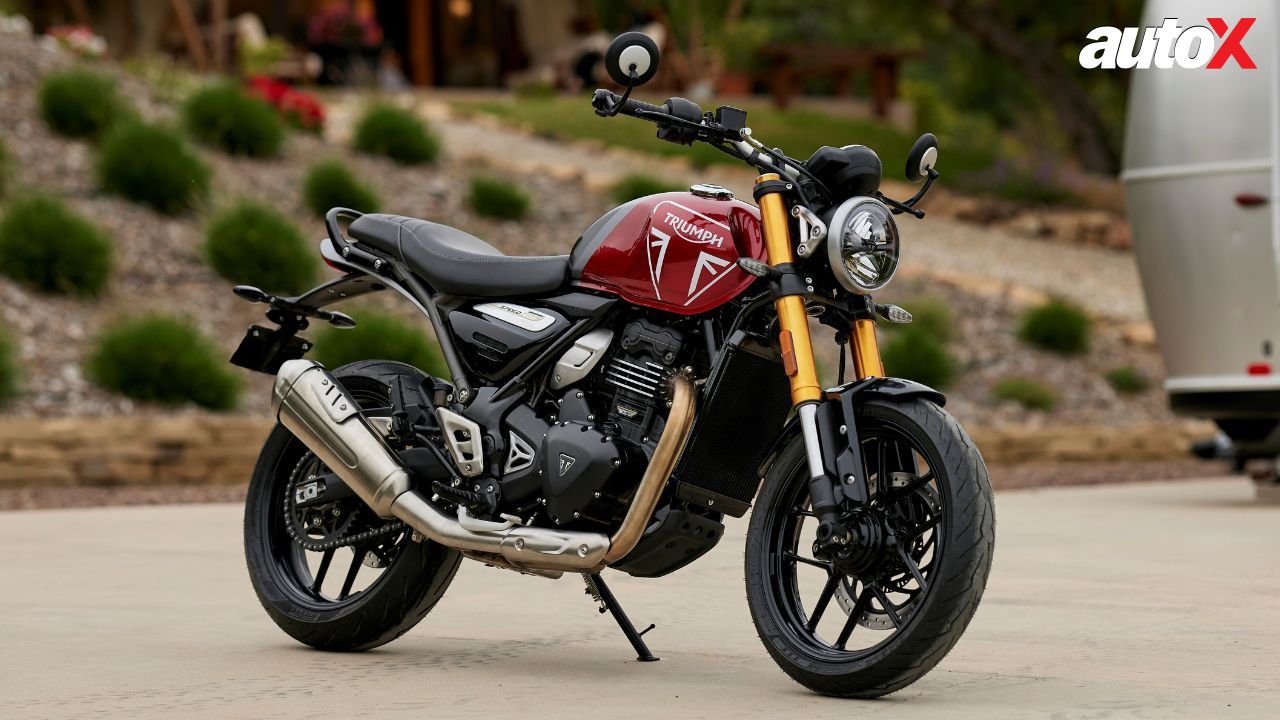
Also Read: Bajaj Pulsar NS400Z Launched in India at Rs 1.85 Lakh, Bookings Now Open
Bajaj Pulsar NS400Z vs Triumph Speed 400: Features
With the Bajaj Pulsar NS400Z, you get a digital instrument console with Bluetooth connectivity and turn-by-turn navigation, as well as all-LED lighting, dual-channel ABS (anti-lock braking system), switchable traction control, ride-by-wire, and four ride modes (Sport, Road, Rain, Offroad). Almost all of these features are available with the Triumph Speed 400, save for the ride modes and a digital dash. Instead, it sports a semi-digital instrument cluster housing a large analogue speedometer and an LCD screen.
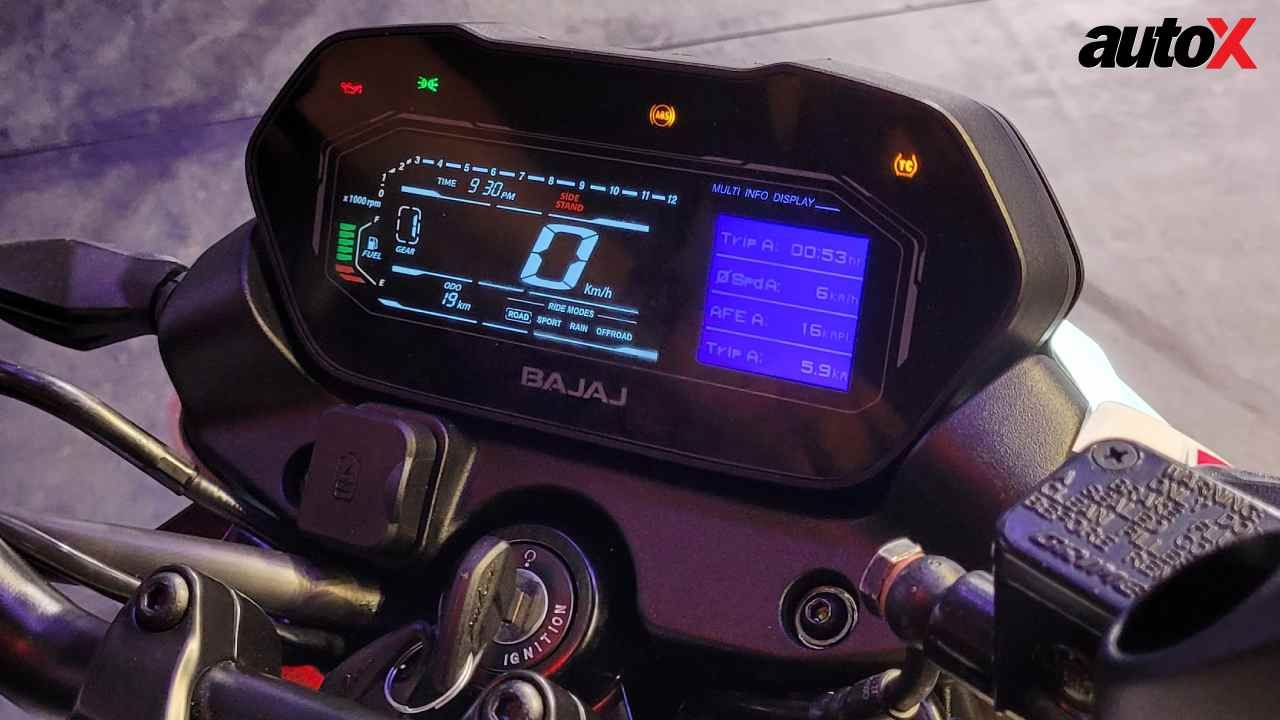
Bajaj Pulsar NS400Z vs Triumph Speed 400: Engine, Output
Powering the Bajaj Pulsar NS400Z is the same 373cc, single-cylinder, liquid-cooled engine as the Dominar 400, whereas the Triumph Speed 400 is powered by a bigger displacement 398.15cc, single-cylinder, liquid-cooled engine. Output-wise, both engines make the same power – 39.4bhp. However, the 398cc engine (37.5Nm) develops more torque than the 373cc unit (35Nm). A six-speed gearbox accompanied by a slipper and assist clutch system aid in the transmission duties of both models.
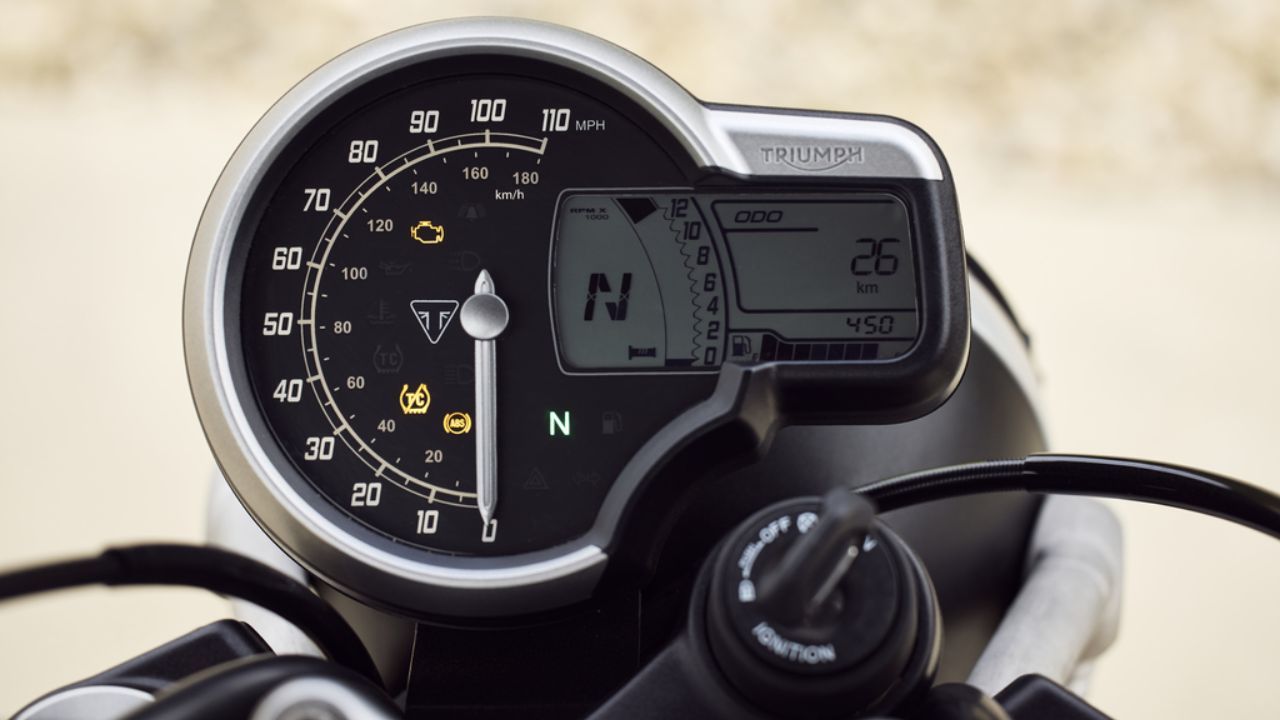
Bajaj Pulsar NS400Z vs Triumph Speed 400: Suspension, Brakes
The suspension setup on both bikes consists of a 43mm upside-down fork and a preload-adjustable monoshock. But, the braking setup on the Pulsar NS400Z is a little different than the other bike – a combination of 320mm front/230mm rear versus the Triumph Speed 400's 300mm front/230mm rear. Both bikes roll on 17-inch alloy wheels, but tyre sizes vary with the Speed 400 featuring 110/70 front and 150/60 rear tyres and the Pulsar NS400Z 110/70 front and 140/70 rear tyres.
Also Read: Bajaj Pulsar NS400Z vs TVS Apache RTR 310 Spec Comparison: Which One Should You Buy?
Bajaj Pulsar NS400Z vs Triumph Speed 400: Price
Price-wise, the Bajaj Pulsar NS400Z sets you back by Rs 1.85 lakh (introductory, ex-showroom). Meanwhile, the Triumph Speed 400 costs Rs 2,34,497, post the price hike. Both prices are ex-showroom.
.webp)


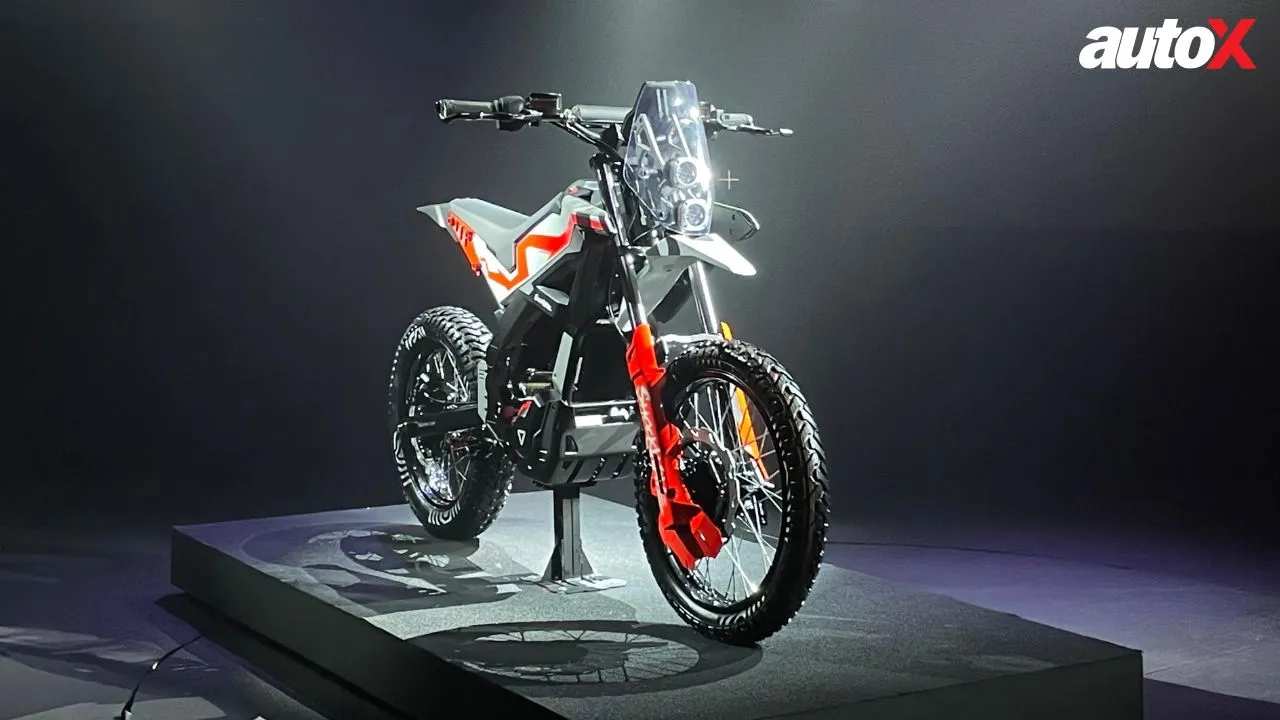
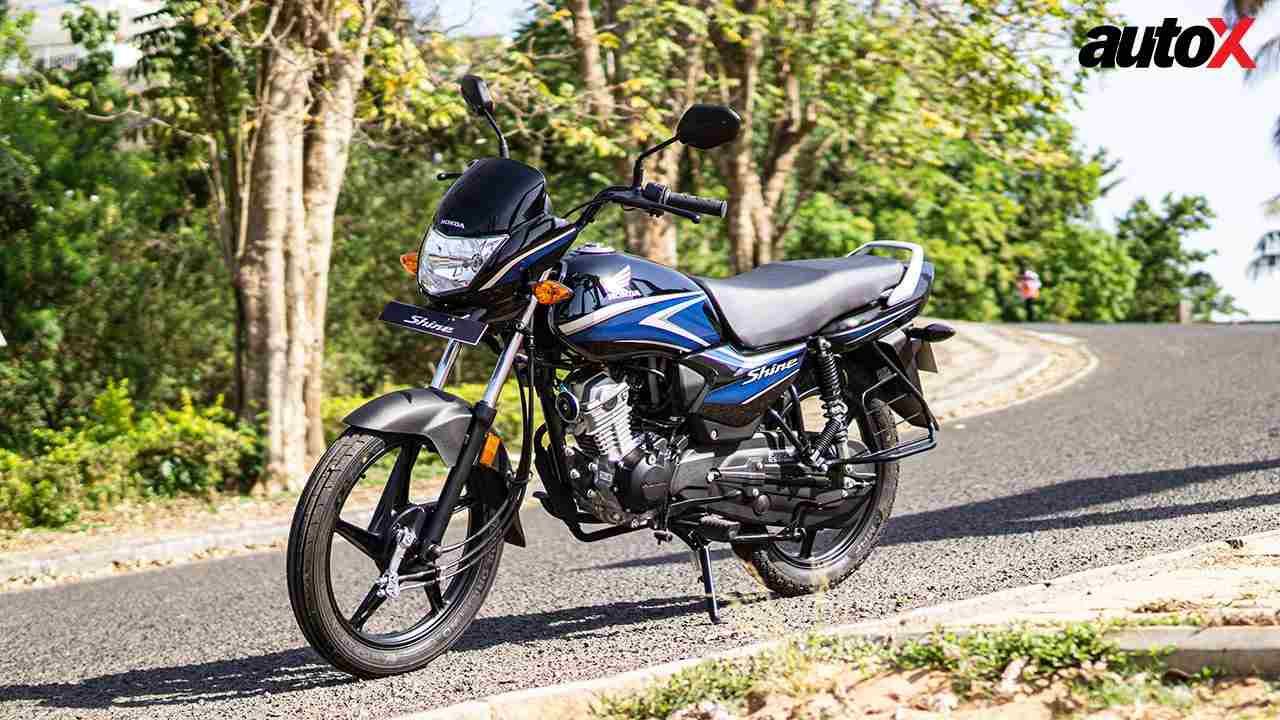

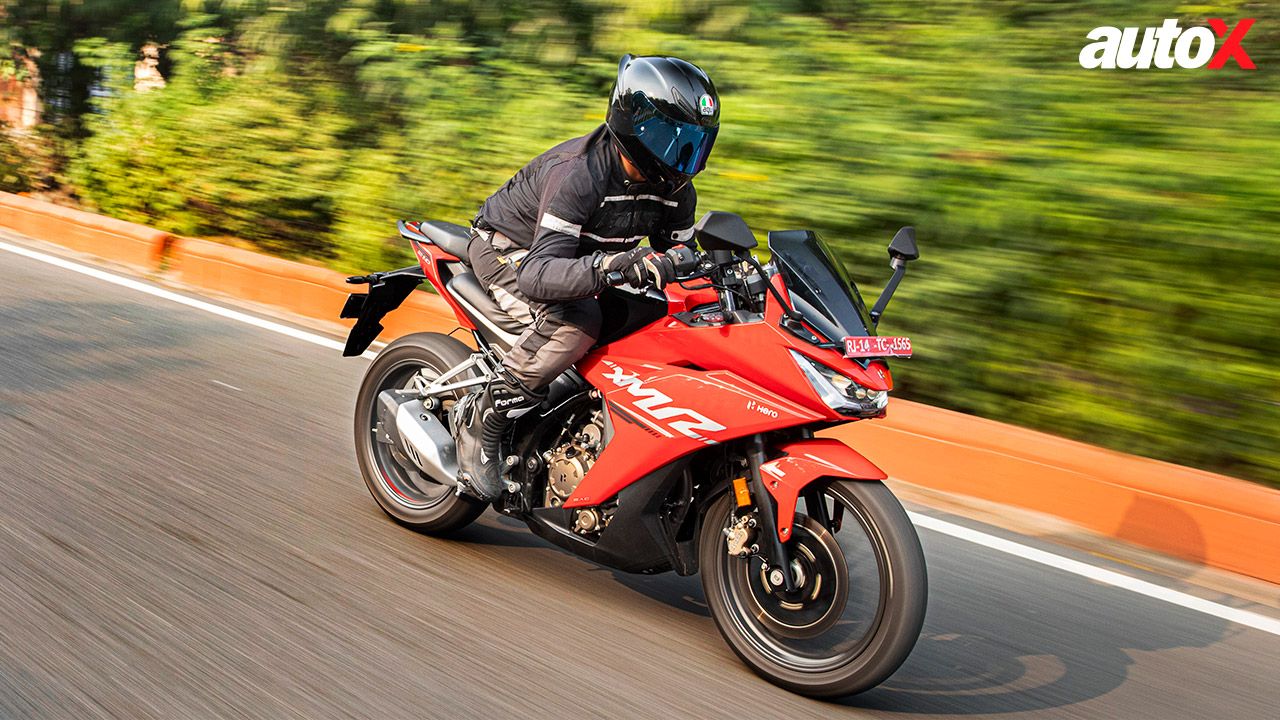


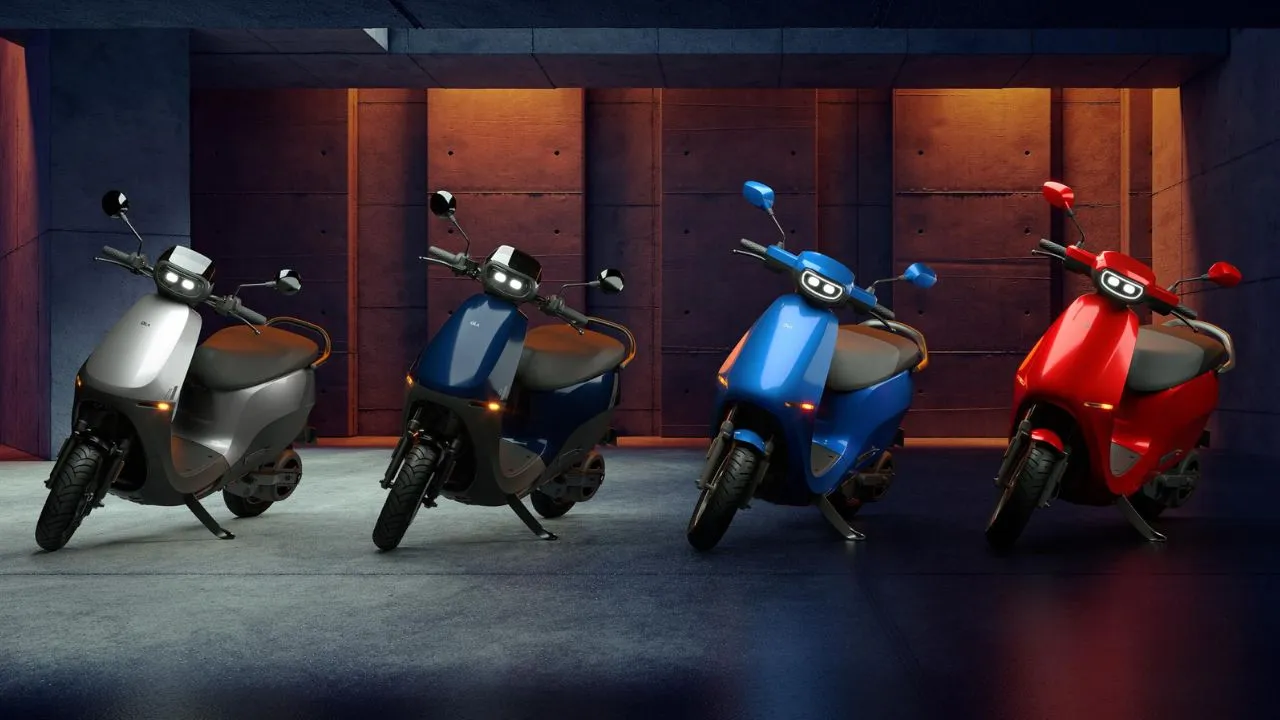

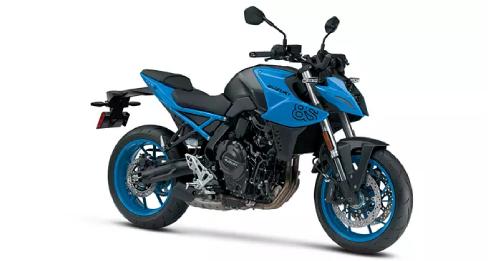
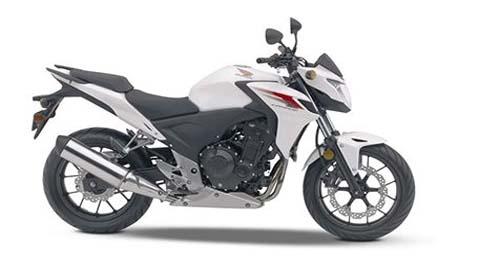
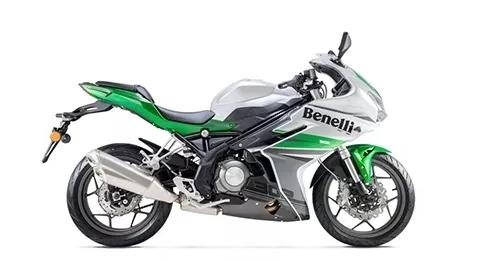
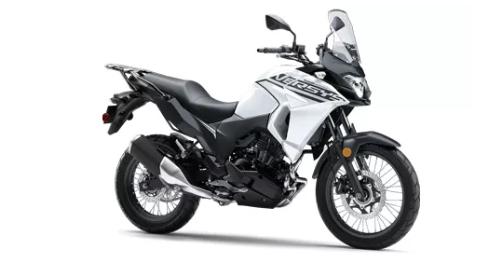
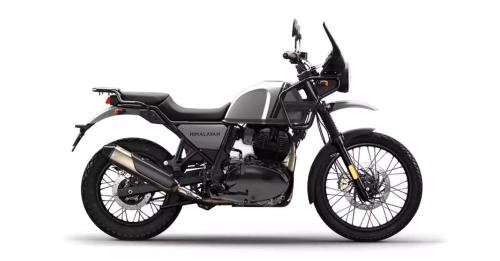














Write your Comment on